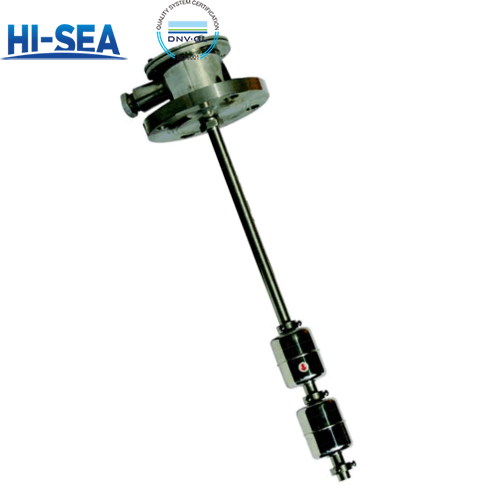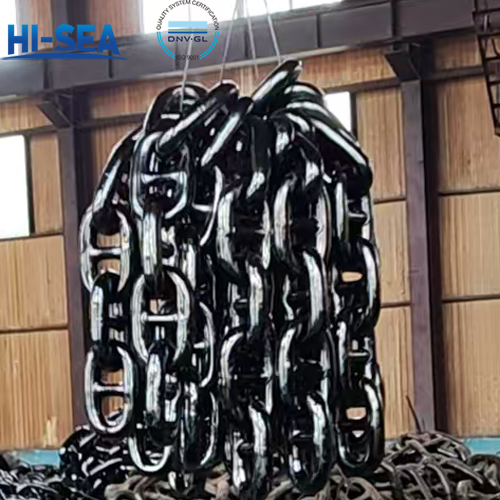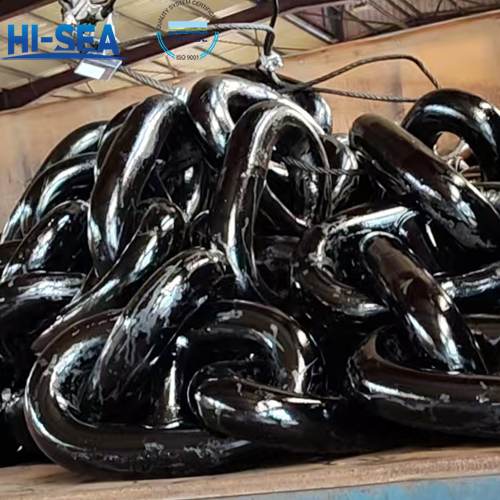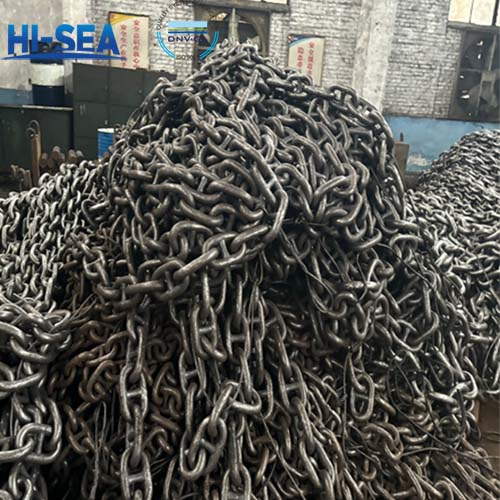
How Does a Float Level Controller Work?
A float level controller is a device used to monitor and regulate liquid levels in tanks, reservoirs, or other storage vessels. It operates using the buoyancy of a float and mechanisms that translate the float's position into control actions.
Overview
Basic Working Principle
1. Float Mechanism:
A float, usually made of buoyant material like stainless steel or plastic, is placed in the liquid. The float rises and falls with the liquid level.
2. Linkage System:
The float is connected to a mechanical arm, rod, or cable that transmits the float's movement to a sensing or controlling device.
3. Detection/Control:
The float's position corresponds to the liquid level. Depending on the type of controller, this movement can:
Activate switches (mechanical or magnetic).
Adjust electronic sensors.
Operate valves or pumps.
Applications
Water supply systems to maintain tank levels.
Industrial processes for monitoring chemical or fuel levels.
Sewage or wastewater treatment plants.
Marine applications for bilge water control or tank monitoring.





